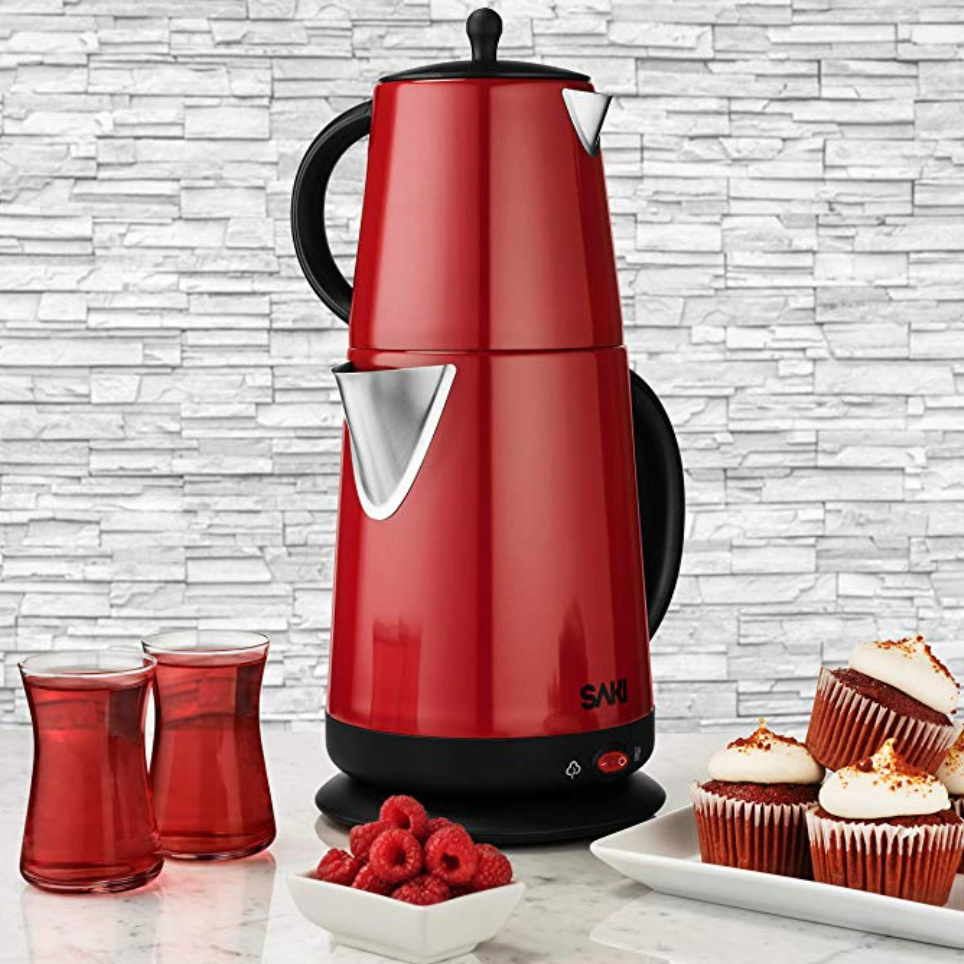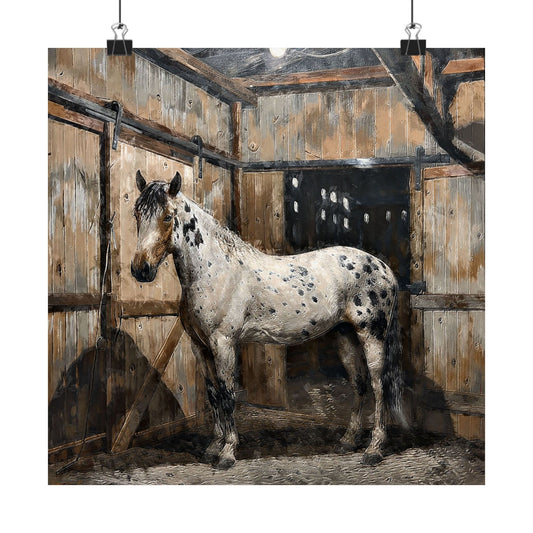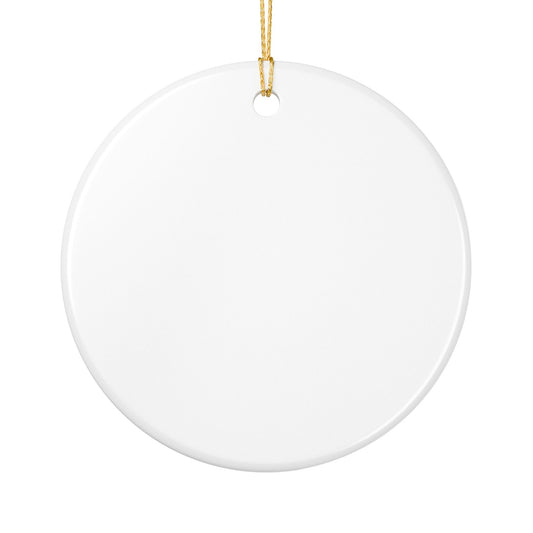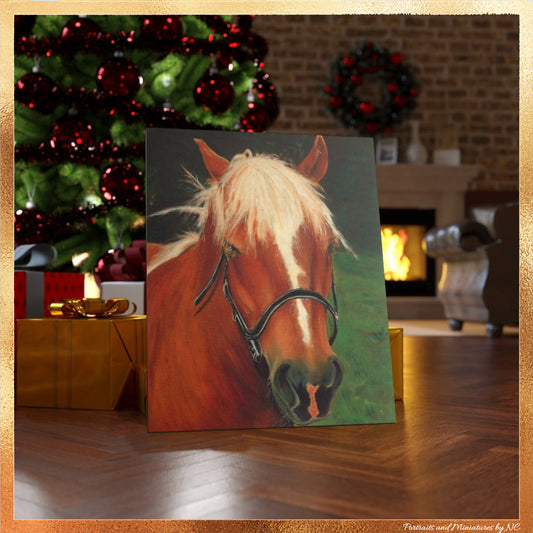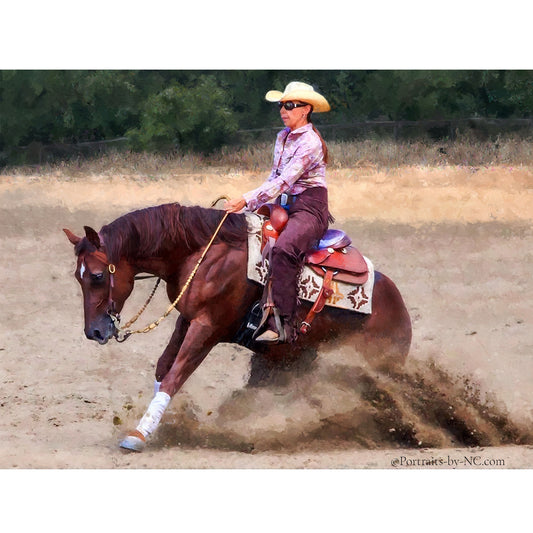All about Samovars
Share

A samovar is a household appliance with a long and rich history. In Iran and Russia, like many Asian countries, tea drinking is common but also an activity that can take on an almost ceremonial feel.Its age was 3700 years, which is about 1700 older than a samovar discovered in Egypt. There were similar devices found in China but they weren't used for making tea. In Russia, the first copper samovar was made in 1778 by the Lisitsyn brothers in Tula, a city known for its metalworkers and arms-makers.

In an Iranian household, the Samovar gets turned on in the morning and continuously stays on until it's bedtime. The tea is always steaming hot and ready to be served at any given moment.
Samovars are functional and very decorative. I collect samovars and have them on display throughout my home. I use the golden one, which is electric whenever I have a large group of friends over. It does take a while to heat up though since it is so large.

The samovar has a large cavity that is filled with water which then is heated to provide the water for the tea. Unlike a tea kettle that can boil over, once you fill the cavity with water and turn it on, the samovar does not have to be attended too. It automatically turns on and off keeping the temperature of the water and tea just right.
My old Russian Samovar which works with both hot coals or electricity, which is now just used for display purposes.


I found a similar Samovar like my Russian one on Amazon
Now you can buy modern versions of the Samovar that are electric and heat up much faster than these vintage beauties. They come in all sorts of different finishes. Here is one made by Saki

